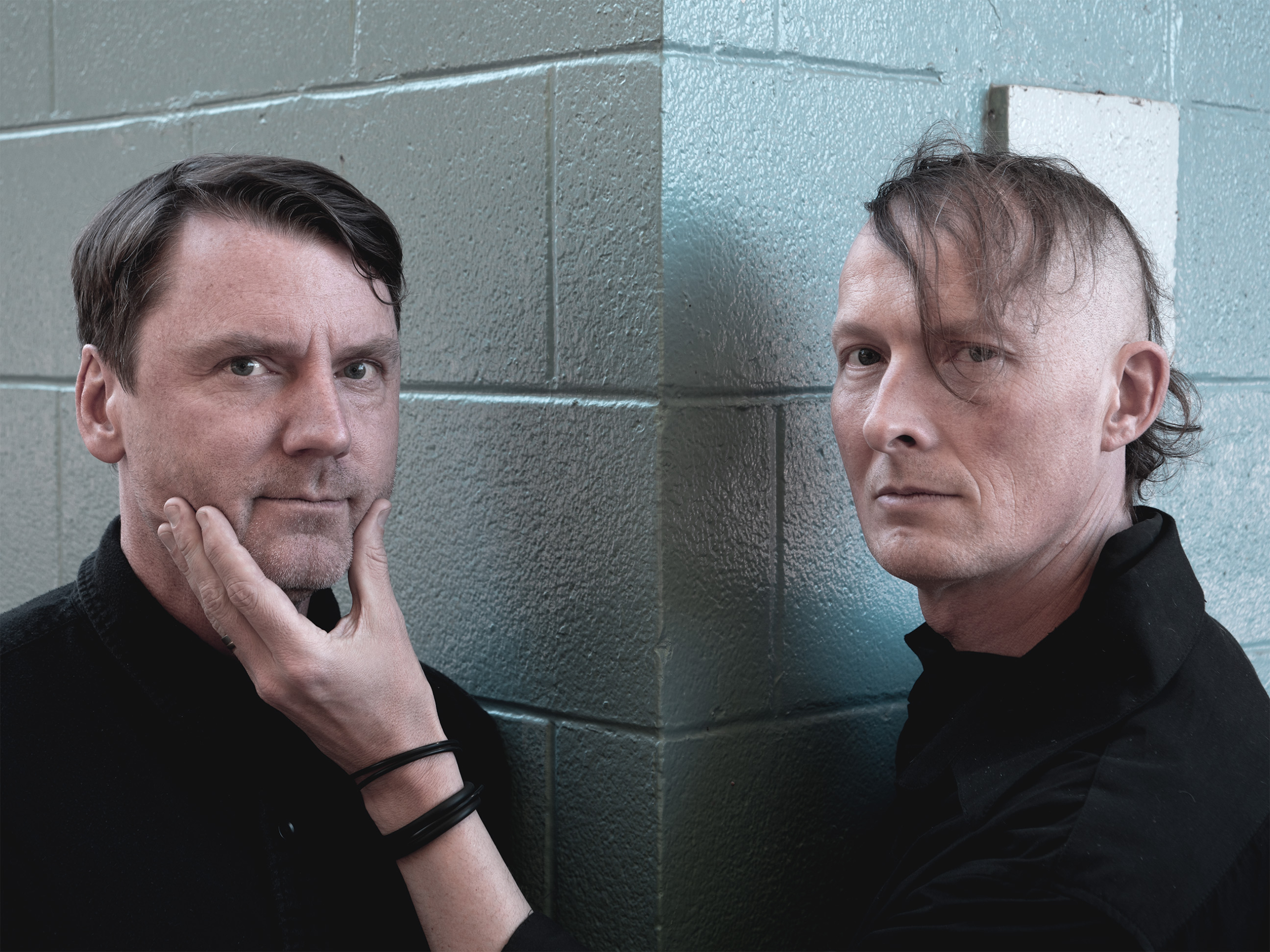LOSCIL & LAWRENCE ENGLISH
Booking: elisa(@)folkwisdom.net
“this is a cortex-hugging drone record of beauty and depth. A soundtrack worthy of living your life to” – The Quietus
The union of composers Lawrence English and loscil aka Scott Morgan is seamless, sublime, and long overdue. Born of a conversation centered on the notion of “rich sources” as a forge for electronic music, Colours Of Air is a collection of recordings of a century old pipe organ housed at the historic Old Museum in Brisbane, Australia, which were then processed, transformed, and elevated into eight majestic electro-acoustic threshold devotionals. The timbre of the instrument and spatial fluctuations of room tone infuse the music with a subdued, sacred feel, like vaulted light in a nave of stained glass.
They describe the album as “an iterative project, a reduction and eventual expansion,” sifting the swells and drones of the organ for every shivering shade of radiance.
The tracks are named for the hue each piece suggests – from the gauzy levitational miasma of “Yellow” to the pulsing melancholic mirage of “Violet” to the seething twilit sandstorm of “Magenta.” Morgan and English are both adept at conjuring moods of muted grandeur, like landscapes veiled in dusk, still looming and luminous. Here their combined powers open pathways to heightened realms of deep listening and bewitching restraint, finding flickering infinities in ancient configurations of wind, brass, stone, and dust.
LOSCIL is the electronic music project of Canadian composer and multimedia artist Scott Morgan. For over 20 years, Morgan has built a robust catalogue of work under the LOSCIL moniker, loosely spanning the genres of ambient, classical and electroacoustic music. Since 2001, the vast majority of LOSCIL’s albums, including the 2021 LP, Clara, have been released on the esteemed American imprint, Kranky.
Lawrence English is composer, artist and curator based in Australia. Working across an eclectic array of aesthetic investigations, English’s work prompts questions of field, perception and memory. He investigates the politics of perception, through live performance and installation, to create works that ponder subtle transformations of space and ask audiences to become aware of that which exists at the edge of perception.

